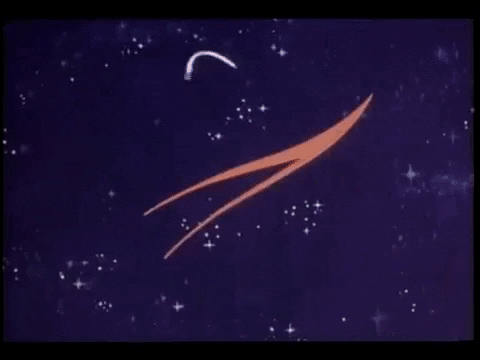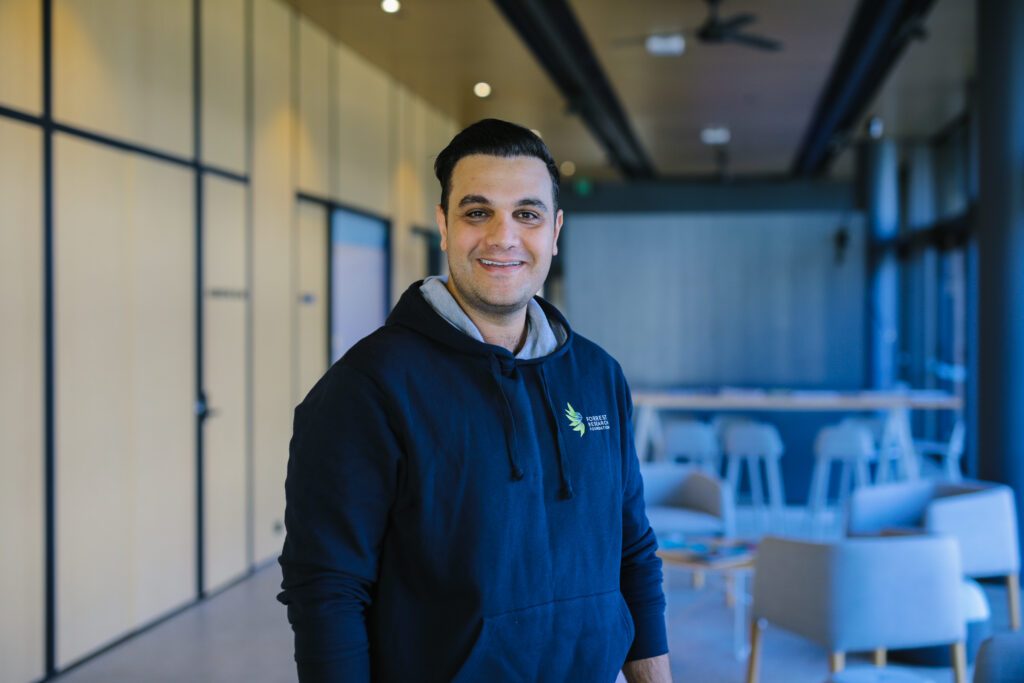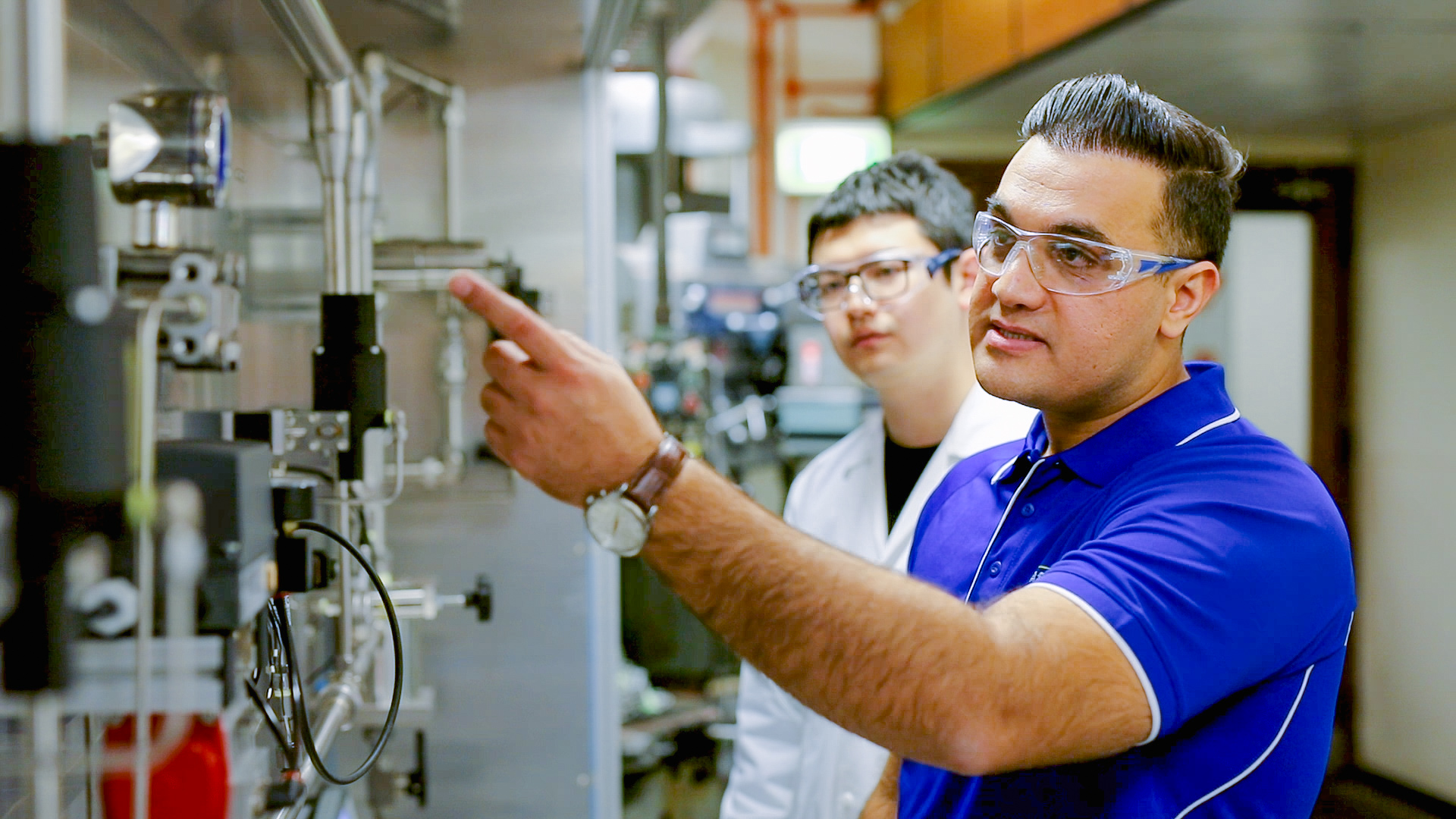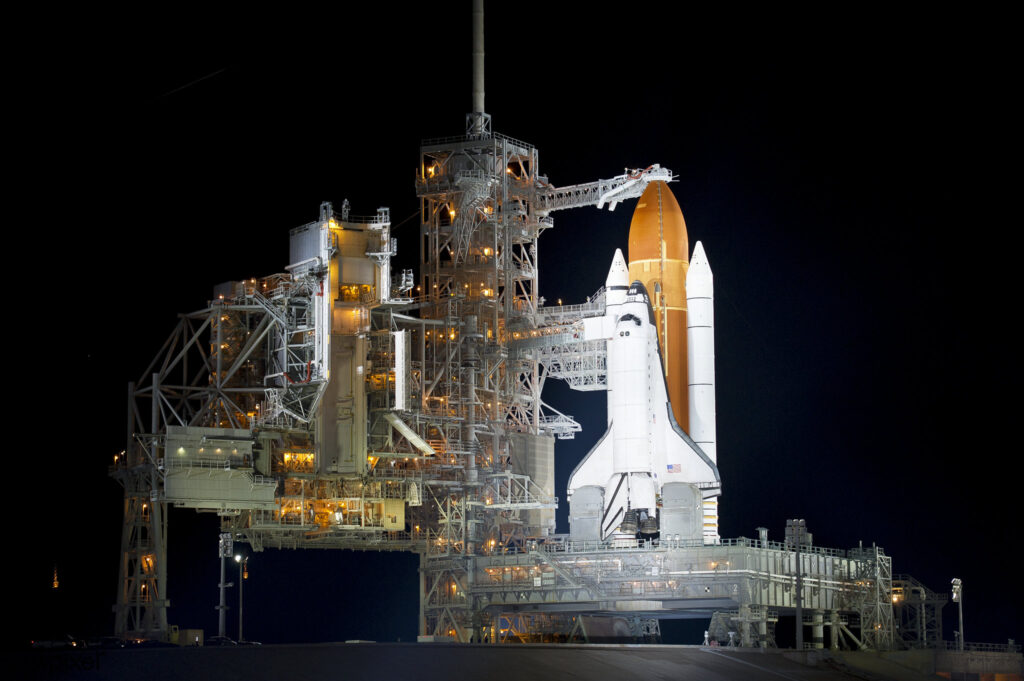Today we’re getting an update from someone we’ve spoken to in the past – Dr Arman Siahvashi – who’s back for his second Premier’s Science Award! After taking out joint winner of the 2018 ExxonMobil Student Scientist of the Year, he’s now joint winner of the Woodside Early Career Scientist of the Year.
So what’s he been up to?
New gas, old problems
“The majority of the work I did in my PhD was focusing on solving problems in LNG or liquid natural gas industry,” Arman says.
Gas that comes from the ground isn’t totally pure. When it’s chilled down to a liquid, those impurities can freeze out and shut down entire systems.

Now, with the world getting excited about hydrogen, Arman’s hoping to help put WA on the clean energy map.
“You’re basically trying to avoid heart attacks for the liquid hydrogen industry.”
“What we have done and Australia has done with LNG … we’re going to leverage that and do it for liquid hydrogen as well.”
The trouble with hydrogen
While the methane produced in WA liquefies at -162°C, hydrogen is much colder. It doesn’t turn to liquid until it hits -253°C.
That means the engineering challenges are even greater. The temperatures are colder and the pressures are higher – and so are the risks.
“Hydrogen in my opinion poses the greatest challenges of any alternative fuel,” Arman says.
“There is an array of technical, safety, economic, infrastructure and social issues that must be overcome before it could be implemented on a large scale and replace fossil fuels.”
As well as UWA and the Forrest Research Foundation, Arman’s got two other amazing collaborators up his sleeve.
The first is an organisation you might have heard of …

Ready for launch
Last time we spoke with Arman, he was talking to NASA about understanding the frozen lakes of Titan. Since then, their collaboration has really taken off.
“NASA have been using liquid hydrogen as a rocket fuel for many years,” Arman says.
(It was used on NASA’s shuttle and will be used on its replacement, the Space Launch System, which uses the same engines.)
But whether it’s a spaceship or a tanker, the engineering challenges of dealing with liquid hydrogen are the same. It’s very cold, very flammable and it’s under a lot of pressure, like an ice-cold pressure cooker. Working with NASA isn’t just a cool perk, it’s an obvious partnership.
“We are working with them to develop mathematical models or generate experimental data. That can help us both increase production and improve safety,” Arman says.
From spaceships to mentorships
NASA isn’t the only one helping out. Arman’s mentor and supervisor Professor Eric May is also a star. He took out this year’s Scientist of the Year award.
Arman says having Eric as a mentor was crucial to his success as a scientist and an engineer.
“The lessons he has taught me have been the most effective of my life,” Arman says. “He’s a great scientist, and he’s a great engineer.”

"I think I see myself as both scientist and engineer – because these two should work together.
“Whatever we do as scientists, we try to apply that to solve real-life problems.”











